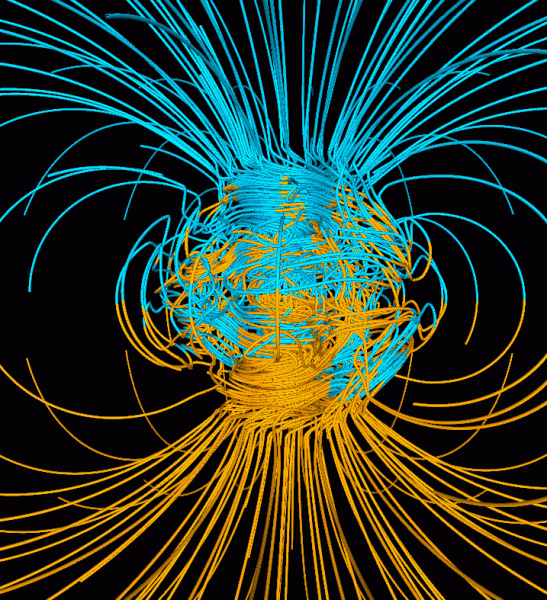Age of Earth’s Inner Core Revised
October 29, 2021

By creating conditions akin to the center of the Earth inside a laboratory chamber, researchers have improved the estimate of the age of our planet’s solid inner core, putting it at 1 billion to 1.3 billion years old.
The results place the core at the younger end of an age spectrum that usually runs from about 1.3 billion to 4.5 billion years, but they also make it a good bit older than a recent estimate of only 565 million years.
The experiments and accompanying theories help pin down the magnitude of how the core conducts heat and the energy sources that power the planet’s geodynamo — the mechanism that sustains the Earth’s magnetic field.
“People are really curious and excited about knowing about the origin of the geodynamo, the strength of the magnetic field, because they all contribute to a planet’s habitability,” said Jung-Fu Lin, a professor at the Jackson School of Geosciences who led the research
The results were published in August 2020 in the journal Physical Review Letters.
The Earth’s core is made mostly of iron, with the inner core being solid and the outer core being liquid. The effectiveness of the iron in transferring heat through conduction — known as thermal conductivity — is key to determining other attributes about the core, including when the inner core formed.
Over the years, estimates for core age and conductivity have gone from very old and relatively low, to very young and relatively high. But these younger estimates have also created a paradox, where the core would have had to reach unrealistically high temperatures to maintain the geodynamo for billions of years before the formation of the inner core.
The new research solves that paradox by finding a solution that keeps the temperature of the core within realistic parameters. The work involved measuring the conductivity of iron under core-like conditions where pressure is greater than 1 million atmospheres and temperatures can rival those found on the surface of the sun.
The newly measured conductivity is 30% to 50% less than the conductivity of the young core estimate, and it suggests that the geodynamo was maintained by two different energy sources and mechanisms: thermal convection and compositional convection.
Back to the Newsletter